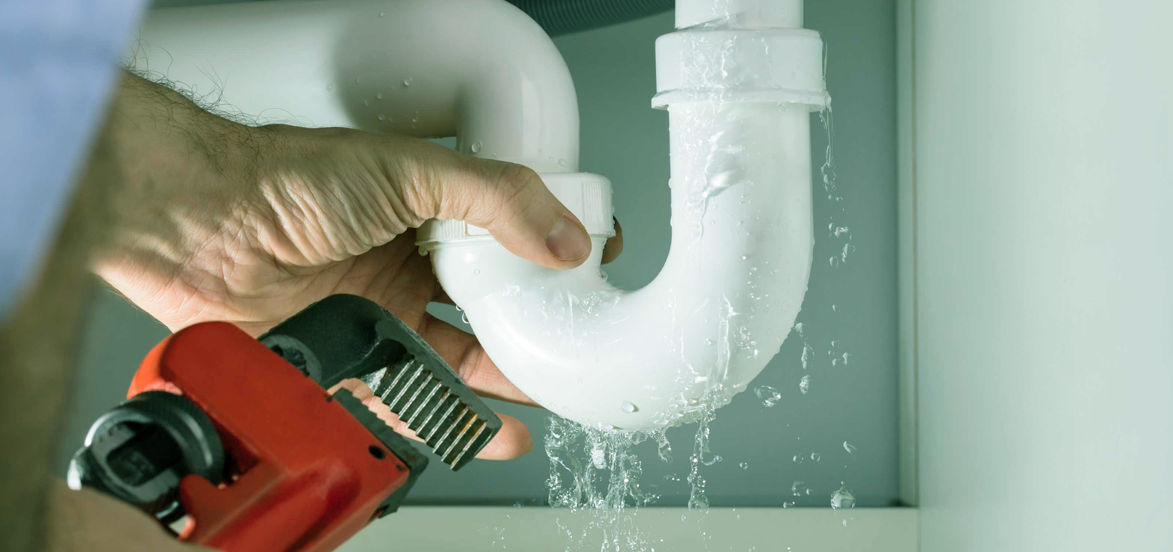On this page below you will discover some really good additional info all about Top leak detection hacks.
.jpg)
Early detection of dripping water lines can alleviate a prospective catastrophe. Some tiny water leakages may not be visible.
1. Check Out the Water Meter
Every residence has a water meter. Examining it is a proven manner in which helps you uncover leakages. For beginners, switch off all the water resources. Ensure no person will purge, use the faucet, shower, run the washing device or dishwashing machine. From there, go to the meter as well as watch if it will change. Because no one is using it, there need to be no activities. If it relocates, that suggests a fast-moving leak. If you identify no changes, wait a hr or 2 as well as examine back once again. This means you might have a slow leakage that could even be below ground.
2. Inspect Water Intake
Assess your water bills as well as track your water usage. As the one paying it, you must see if there are any kind of discrepancies. If you find sudden changes, regardless of your intake coinciding, it suggests that you have leakages in your plumbing system. Bear in mind, your water costs must fall under the same range every month. A sudden spike in your costs suggests a fast-moving leakage.
A constant increase every month, even with the same behaviors, shows you have a sluggish leak that's also slowly intensifying. Call a plumber to extensively examine your building, especially if you feel a warm area on your floor with piping underneath.
3. Do a Food Coloring Examination
When it comes to water usage, 30% comes from toilets. If the shade somehow infiltrates your dish throughout that time without flushing, there's a leak between the storage tank as well as dish.
4. Asses Outside Lines
Do not neglect to inspect your exterior water lines too. Ought to water leak out of the link, you have a loosened rubber gasket. One little leak can lose loads of water as well as surge your water costs.
5. Evaluate and also Analyze the Circumstance
House owners must make it a routine to check under the sink counters and also also inside cupboards for any type of bad odor or mold development. These 2 red flags suggest a leak so prompt focus is needed. Doing routine inspections, also bi-annually, can save you from a significant issue.
If you recognize your house is currently old, keep a watchful eye on your heating systems, hose pipes, pipelines etc. Check for stainings and also compromising as the majority of home appliances as well as pipelines have a life span. They will likewise naturally weaken because of tear and also wear. Don't wait for it to intensify if you suspect dripping water lines in your plumbing system. Call a specialist plumber right away so you do not wind up with a dreadful mess in your house.
Early discovery of leaking water lines can mitigate a prospective disaster. Some small water leaks may not be noticeable. Checking it is a proven way that assists you uncover leakages. One little leak can lose tons of water as well as increase your water bill.
If you think dripping water lines in your plumbing system, do not wait for it to intensify.
WARNING SIGNS OF WATER LEAKAGE BEHIND THE WALL
PERSISTENT MUSTY ODORS
As water slowly drips from a leaky pipe inside the wall, flooring and sheetrock stay damp and develop an odor similar to wet cardboard. It generates a musty smell that can help you find hidden leaks.
MOLD IN UNUSUAL AREAS
Mold usually grows in wet areas like kitchens, baths and laundry rooms. If you spot the stuff on walls or baseboards in other rooms of the house, it’s a good indicator of undetected water leaks.
STAINS THAT GROW
When mold thrives around a leaky pipe, it sometimes takes hold on the inside surface of the affected wall. A growing stain on otherwise clean sheetrock is often your sign of a hidden plumbing problem.
PEELING OR BUBBLING WALLPAPER / PAINT
This clue is easy to miss in rooms that don’t get much use. When you see wallpaper separating along seams or paint bubbling or flaking off the wall, blame sheetrock that stays wet because of an undetected leak.
BUCKLED CEILINGS AND STAINED FLOORS
If ceilings or floors in bathrooms, kitchens or laundry areas develop structural problems, don’t rule out constant damp inside the walls. Wet sheetrock can affect adjacent framing, flooring and ceilings.
https://www.servicemasterbyzaba.com/blog/how-to-detect-water-leakage-in-walls/

As an avid person who reads on Leaking water lines, I assumed sharing that piece of content was really helpful. Are you aware of another person who is looking into Locating water leaks? Do not hesitate to share it. Thank-you for taking the time to read it.